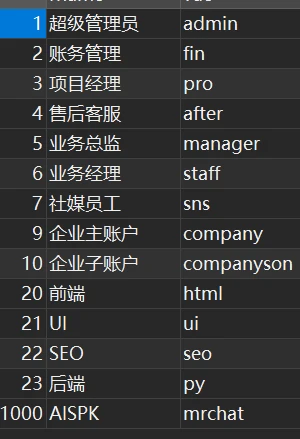



diammonium phosphate use
The Uses of Diammonium Phosphate A Versatile Fertilizer
Diammonium phosphate (DAP) is a widely utilized fertilizer in agricultural practices around the globe. Comprising two essential nutrients—nitrogen and phosphorus—it plays a crucial role in promoting plant growth and improving soil fertility. As one of the most commonly used phosphate fertilizers, DAP's significance extends beyond basic application in farming to various industrial and environmental uses.
Nutritional Composition
Diammonium phosphate contains approximately 18% nitrogen and 46% phosphorus in the form of P2O5. This high nutrient content positions it as an effective fertilizer to enhance crop yield. Nitrogen is vital for plant growth and development, aiding in the formation of proteins and chlorophyll, while phosphorus is crucial for energy transfer, root development, and flowering. The combination of these nutrients makes DAP particularly valuable for crops that require substantial nourishment during their early growth stages.
Agricultural Uses
In agriculture, DAP is predominantly applied as a starter fertilizer. When used at the time of planting, it provides an immediate nutrient supply that supports seedling emergence and early growth. This is especially beneficial in soils that are deficient in available phosphorus, helping to overcome limitations related to poor root establishment and slow initial growth rates.
Furthermore, DAP can be applied in various ways—broadcast, banding, or as part of a fertigation system. The method of application often depends on the crop type and soil conditions. For instance, banding DAP near the seed can minimize nutrient loss through leaching, ensuring that plant roots have direct access to the nutrients they need. Additionally, the high solubility of DAP allows for quick uptake by plants, making it an efficient option for crop producers looking to achieve high yields.
Impact on Soil Health
Beyond its direct benefits to crops, DAP also positively impacts soil health. The application of DAP can improve microbial activity in the soil, fostering a healthier soil ecosystem. Healthy soil promotes a better nutrient exchange and enhances the bioavailability of other essential nutrients for plants. The improvement in soil structure and aeration can also lead to better water retention, further supporting crop growth.
diammonium phosphate use

Industrial and Environmental Applications
While DAP is primarily recognized as a fertilizer, its applications extend into various industrial domains. DAP is utilized in the production of animal feed, serving as a source of essential nutrients for livestock. Its high phosphorus content can improve the nutritional profile of feed, contributing to better health and growth rates in animals.
Moreover, DAP has applications in the production of certain types of industrial chemicals and can be used in wastewater treatment processes. Its ability to bind with heavy metals and other pollutants makes it useful in reducing environmental contamination, showcasing its versatility beyond agriculture.
Considerations and Best Practices
While DAP offers numerous benefits, it is essential to consider specific guidelines to maximize its effectiveness and minimize environmental impact. Over-application can lead to nutrient runoff, contributing to water pollution and eutrophication in nearby water bodies. Therefore, adherence to recommended application rates based on soil tests and crop needs is vital for sustainable use.
Additionally, it is important to balance DAP application with other fertilizers to ensure a comprehensive nutrient profile is provided to plants. Integrating DAP into a broader nutrient management strategy, including organic amendments and crop rotation, can enhance overall soil fertility and crop resilience.
Conclusion
Diammonium phosphate is a potent fertilizer that supports both agricultural productivity and soil health. Its diverse applications and high nutrient content make it invaluable for farmers seeking to maximize crop yields. As agricultural practices evolve and environmental concerns grow, adopting sustainable fertilization techniques will ensure that the benefits of DAP can be harnessed while minimizing its impact on ecosystems. As we look to the future of agriculture, the role of DAP as an integrated part of nutrient management strategies will undoubtedly remain significant, shaping the landscape of modern farming.
-
Why Sodium Persulfate Is Everywhere NowNewsJul.07,2025
-
Why Polyacrylamide Is in High DemandNewsJul.07,2025
-
Understanding Paint Chemicals and Their ApplicationsNewsJul.07,2025
-
Smart Use Of Mining ChemicalsNewsJul.07,2025
-
Practical Uses of Potassium MonopersulfateNewsJul.07,2025
-
Agrochemicals In Real FarmingNewsJul.07,2025
-
Sodium Chlorite Hot UsesNewsJul.01,2025










